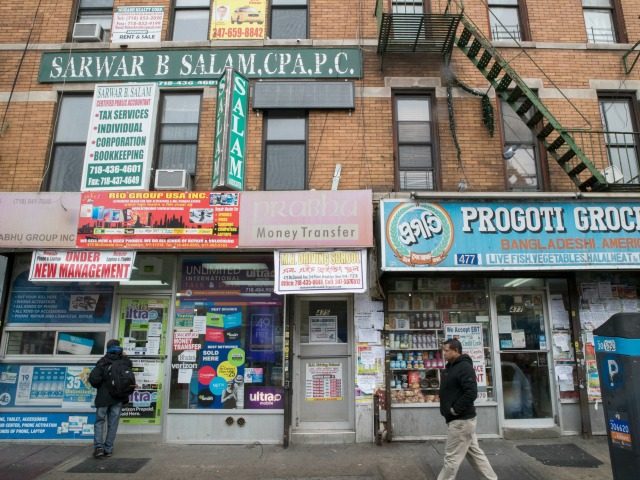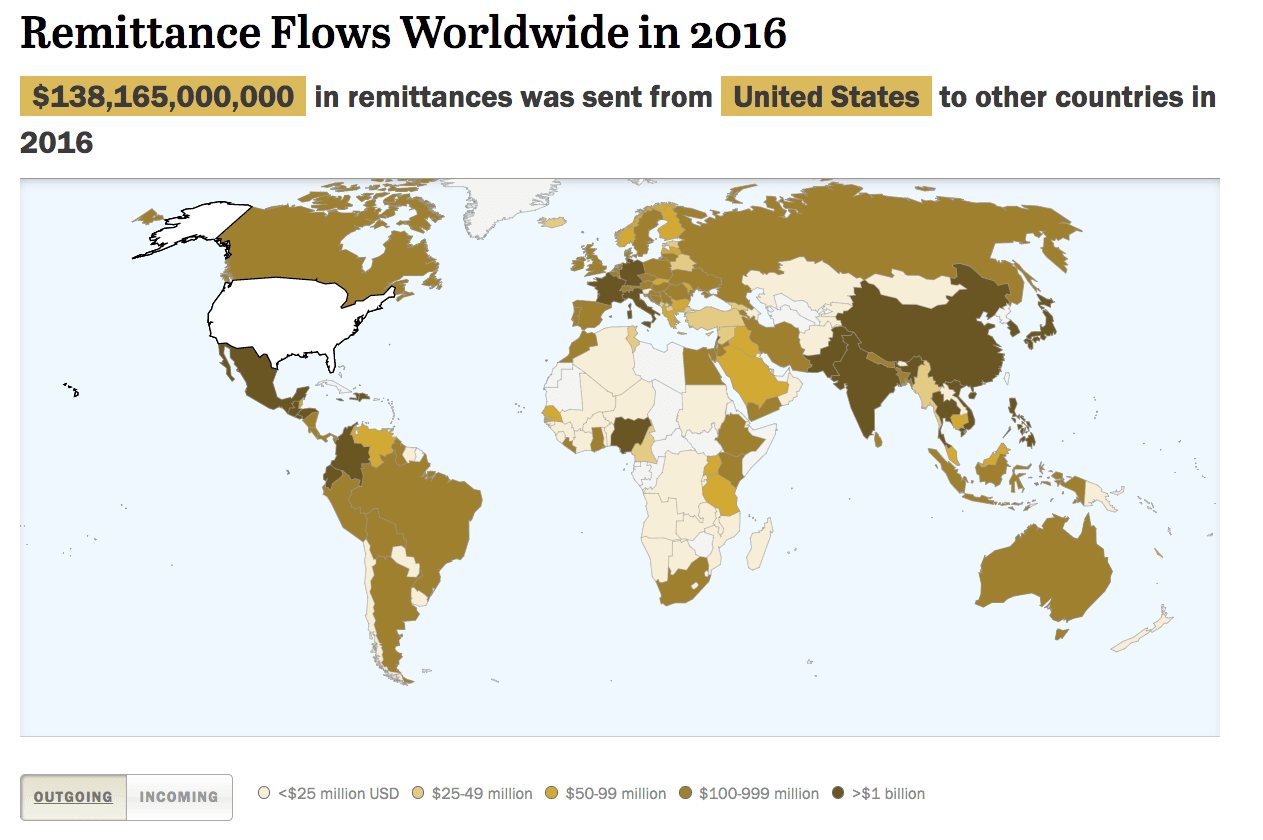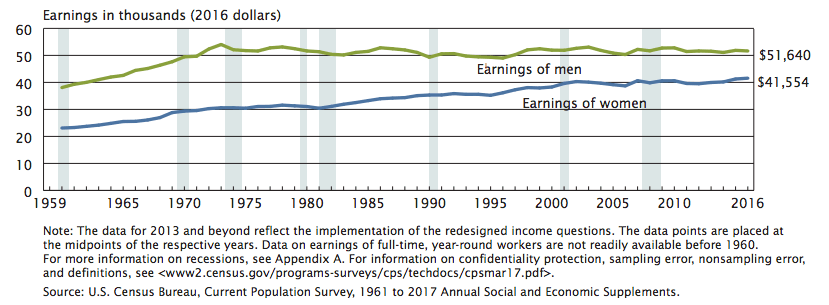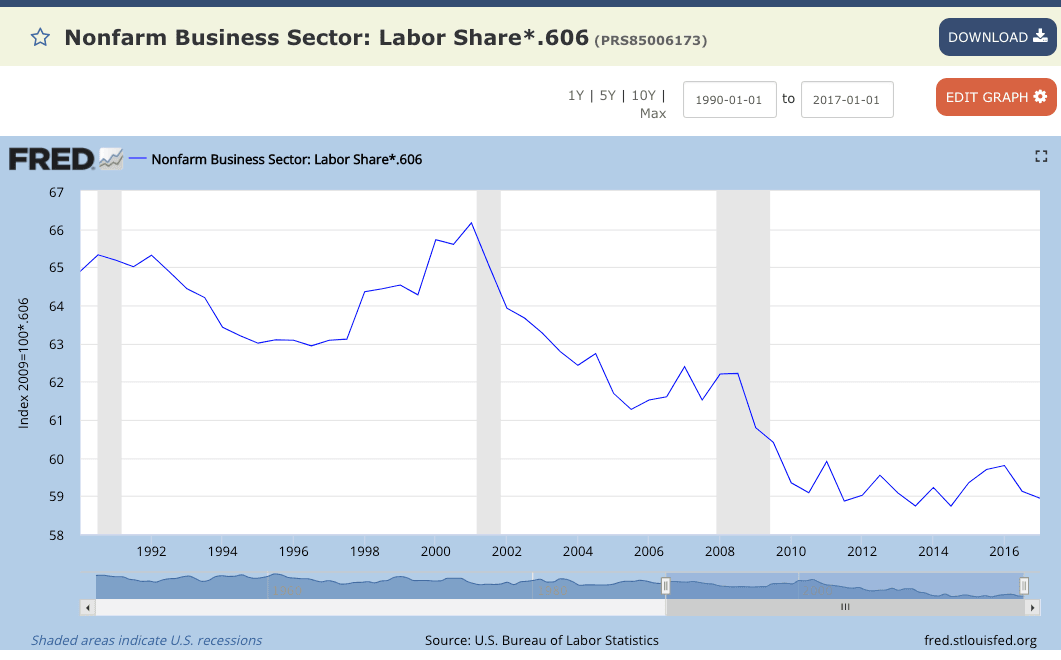Legal and illegal immigrants wired almost $140 billion from the United States back to their home countries and foreign relatives in 2016.
The huge loss of domestic spending by of immigrants’ remittances is spotlighted in a new report by the Pew Research Center, which also noted that $6.5 billion was sent back to the United States by foreign-based U.S. workers. That is a 21-fold difference and is enough money to support 2.6 million additional $50,000 jobs in the United States.
The remittance number is based on calculations by the World Bank.
The leading recipients of the exported remittances are people in Mexico, China, and India, reflecting the growing size of Chinese and Indian migration into the United States. Many of the Chinese and Indian migrants work in once-prestigious, but now lower-wage, white-collar science or computer jobs.
The annual drain of $140 billion is only 0.75 percent of the $18,624 billion U.S. economy in 2016. Also, the money does eventually zigzag its way back to the United States as foreign families spend those dollars to buy products, some of which are American.
But the huge scale of foreign remittances adds to the economic losses and redistributions imposed by the federal policy of goosing economic growth with the large-scale immigration of 1 million workers and consumers every year.
Four million Americans turn 18 each year and begin looking for good jobs in the free market.
But the federal government inflates the supply of new labor by annually accepting roughly 1.1 million new legal immigrants (including roughly 750,000 working-age migrants), by providing work-permits to roughly 3 million resident foreigners, and by doing little to block the employment of roughly 8 million illegal immigrants.
The Washington-imposed economic policy of economic growth via mass-immigration floods the market with foreign labor, spikes profits and Wall Street values by cutting salaries for manual and skilled labor offered by blue-collar and white-collar employees. It also drives up real estate prices, widens wealth-gaps, reduces high-tech investment, increases state and local tax burdens, hurts kids’ schools and college education, pushes Americans away from high-tech careers, and sidelines at least 5 million marginalized Americans and their families, including many who are now struggling with opioid addictions.
The cheap-labor policy has also reduced investment and job creation in many interior states because the coastal cities have a surplus of imported labor. For example, almost 27 percent of zip codes in Missouri had fewer jobs or businesses in 2015 than in 2000, according to a new report by the Economic Innovation Group. In Kansas, almost 29 percent of zip codes had fewer jobs and businesses in 2015 compared to 2000, which was a two-decade period of massive cheap-labor immigration.
Because of the successful cheap-labor strategy, wages for men have remained flat since 1973, and a large percentage of the nation’s annual income has shifted from employees to investors.





COMMENTS
Please let us know if you're having issues with commenting.